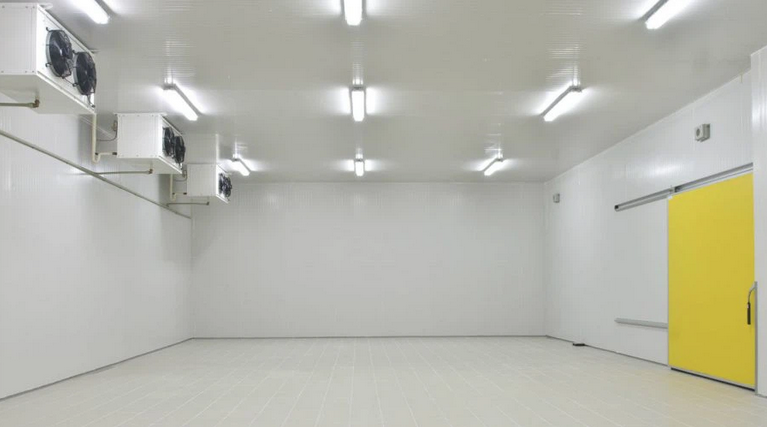Cold rooms help to reduce shrinkage, extend shelf life, and ensure maximum capture of the best quality possible.
They do this by maintaining the core of perishable products at a predetermined low or medium temperature, depending on the crop, variety, value chain requirements, and needs. Each solution is delivered with a specific configuration on temperature, pressure, relative humidity, and airflow to maintain freshness as quickly as possible.
Cold rooms and their specific functions, such as precooling, are the most important method for stabilizing perishables and guaranteeing the shelf-life needed to generate value for both producers (reducing claims and rejections), consumers (guaranteeing fresh produce), and citizens (reducing losses and waste).
Most fruit and vegetables require rapid removal of field heat through pre-cooling to slow down the physiological activity and generate the needed shelf-life while minimizing the shrinkage. The water lost during the cooling process is very aggressive, so it is important to cool them quickly.
For most delicate and high-value crops, each hour of delay between the picking and the pre-cooling might represent over one day of shelf-life loss. This is why it is so important to have a cold room available to quickly cool perishable products.
For flowers, as well as for high-value perishables, the rapid removal of field heat, the reduction of ethylene, and the management of the fungi-related risks when entering the cold chain are fundamental to achieving the expected shelf-life and price. Ethylene is a plant hormone that can cause flowers to wilt and perishables to spoil. By reducing the amount of ethylene in the environment, cold rooms can help to extend the shelf life of flowers and perishables.
For animal proteins, cold storage represents a fundamental process for health and safety, extending shelf life and preventing oxidations that depreciate the value. Oxidation can cause animal proteins to spoil, so it is important to store them in a cold environment.
Freezing processes can be carried out on specific machines or in blast-freezing rooms, dedicated cold rooms that, following industry standards, allow to freeze the animal proteins without altering the structure of the fibers and therefore the value for final consumers. Blast freezing is a quick and efficient way to freeze animal proteins without altering the structure of the fibers. This ensures that the proteins retain their quality and value when they are thawed.

